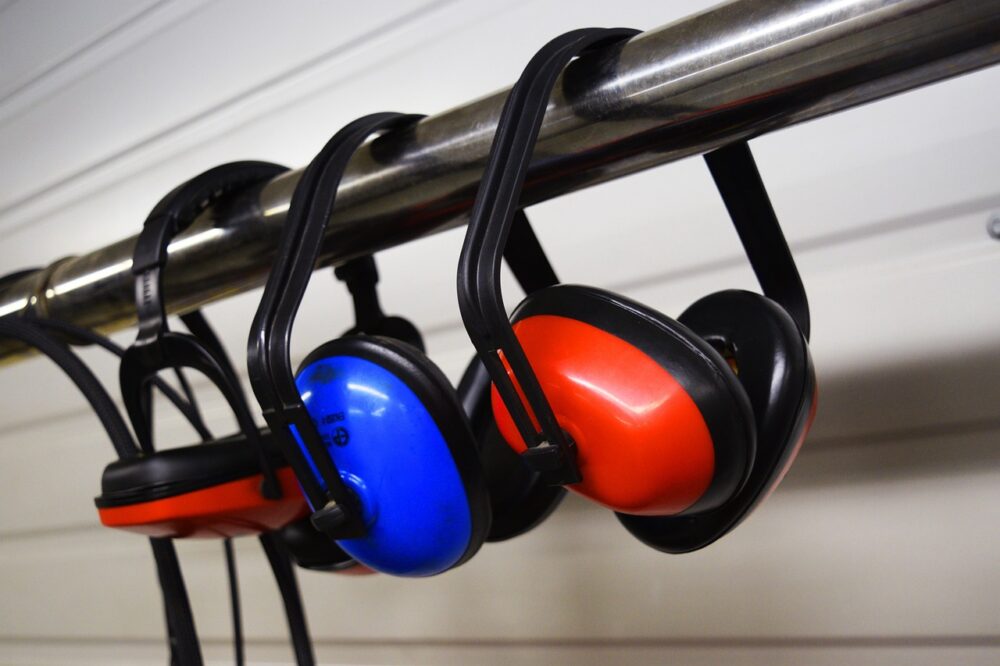Exposure to loud noise at work is one of the biggest causes of preventable hearing loss in the UK. Around 1.1 million workers are exposed to levels of noise that put their hearing at risk. This can lead to permanent, incurable hearing damage if the proper controls and protections are not in place. Employers have a legal and ethical duty to protect their staff from noise hazards in the workplace.

How Loud Noise Damages Hearing
Prolonged exposure to noise above 80 decibels can cause damage to the delicate hair cells inside the inner ear. These hair cells, known as stereocilia, detect sound vibrations and convert them into signals that travel to the brain. When subjected to loud noises, the stereocilia become overstimulated and ultimately become permanently damaged or die off completely. This leads to sensorineural hearing loss, which affects the ability to hear higher frequency sounds or understand speech properly. The damage is cumulative over time.
Requirements Under UK Health and Safety Law
The Control of Noise at Work Regulations 2005 legally requires employers to assess the risks of noise exposure in the workplace. If there are risks, they must take steps to eliminate or reduce noise as far as reasonably practicable. This includes implementing noise control measures, providing hearing protection, marking noisy areas with warning signs, and providing health surveillance such as annual hearing checks, which can be booked with Hear Clear NI.
The limits are 80 dB daily exposure or 87 dB peak sound pressure. Workers must not be exposed above these levels without proper protection. Failure to comply can result in heavy fines or even imprisonment.
Effective Ways Employers Can Protect Hearing
Engineering controls should be the first priority, as they reduce noise exposure at the source. Machine maintenance, installing sound absorbing materials, enclosing noisy equipment, fitting mufflers or silencers, and isolating vibrating parts can all cut down on hazardous noise.
The workforce can also be rotated through noisy tasks to limit exposure times.
Lastly, personal protective equipment like earplugs and earmuffs provide a barrier between the ear and excessive sound, but should not be the only control relied upon. Proper use must be enforced and equipment fitted and maintained correctly.
Promoting a Culture of Noise Prevention
Aside from technical controls, employers should create a workplace culture that promotes noise awareness and encourages the reporting of noise hazards. This includes induction and refresher training, posters, noise monitoring, and incentives for good practice. Workers should understand the risks posed by noise and their duties around following control procedures. Reporting systems make it easy to flag excessive noise early before it causes harm. Celebrating achievements, awards, and targets keeps noise high on the agenda.
The Lasting Benefits for Employers and Employees
Safeguarding the long-term health of staff builds loyalty, engagement, and productivity. Preventing noise-induced hearing loss improves communication, reduces accidents, and protects quality of life even after retirement. For employers, it enhances their reputation for safety, corporate social responsibility, and compliance.
With foresight and commitment to reducing occupational noise exposure, employers can build a genuinely healthy and inclusive working environment. This lasting positive legacy benefits both employees and the organisation as a whole.


















